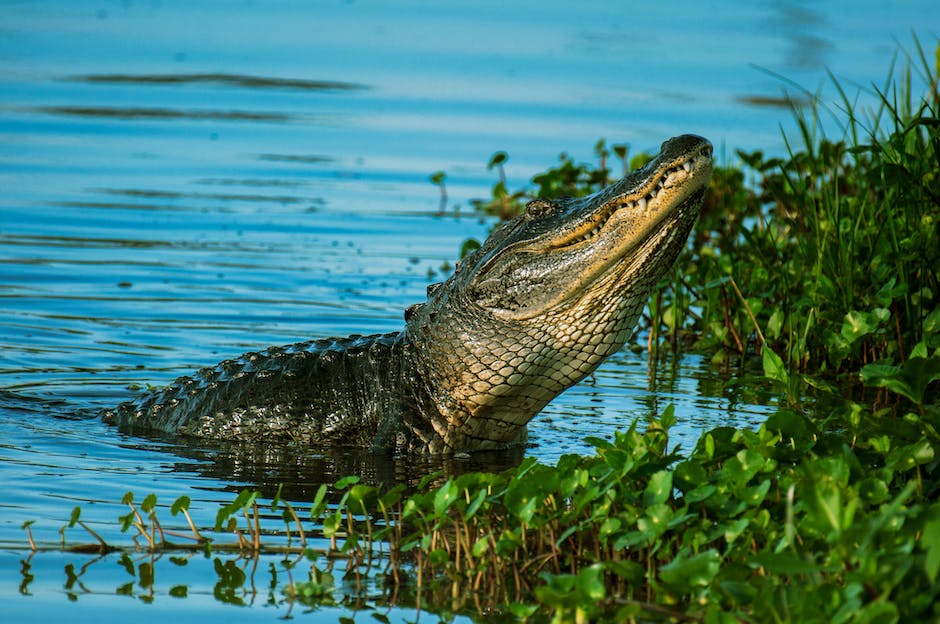Introduction
The Everglades is a vast wetland ecosystem located in southern Florida, USA. It is a historical center of Collier County, which was established in 1923 and named after Barron Collier, a wealthy businessman who played a significant role in the development of the region. The Everglades is home to a diverse range of plant and animal species, many of which are found nowhere else in the world. It is also an important source of water for the surrounding communities and a popular destination for tourists and outdoor enthusiasts.
The History of The Everglades: From Native American Settlements to Modern Day Preservation Efforts

The Everglades is a unique and fascinating ecosystem that has been a historical center of Collier County for centuries. From the Native American settlements to modern-day preservation efforts, the Everglades has played a significant role in shaping the history of this region.
The Everglades is a vast wetland that covers over 1.5 million acres in southern Florida. It is home to a diverse range of plant and animal species, including the iconic American alligator. The Everglades has been inhabited by Native American tribes for thousands of years, who relied on the wetland’s resources for food, shelter, and medicine.
The first European explorers arrived in the area in the 16th century, and the Everglades became a popular destination for hunters and trappers in the 19th century. The wetland’s abundant wildlife attracted people from all over the world, and the area became a hub for the fur trade.
However, the exploitation of the Everglades’ resources had a devastating impact on the ecosystem. The draining of the wetland for agricultural purposes and the construction of canals and levees disrupted the natural flow of water, leading to a decline in the wetland’s biodiversity.
In the early 20th century, conservationists began to recognize the importance of the Everglades and the need to protect it from further destruction. The establishment of the Everglades National Park in 1947 was a significant milestone in the preservation of this unique ecosystem.
Today, the Everglades is a popular tourist destination, attracting millions of visitors each year. The wetland’s natural beauty and rich history make it a must-see destination for anyone visiting Collier County.
Despite the efforts to preserve the Everglades, the ecosystem still faces many challenges. Climate change, pollution, and invasive species continue to threaten the wetland’s biodiversity. However, conservationists and scientists are working tirelessly to find solutions to these problems and ensure the long-term survival of the Everglades.
In conclusion, the Everglades is a historical center of Collier County that has played a significant role in shaping the region’s history. From the Native American settlements to modern-day preservation efforts, the Everglades has been a vital part of this community for centuries. While the wetland faces many challenges, its natural beauty and rich history continue to attract visitors from all over the world. So, if you’re ever in Collier County, be sure to visit the Everglades and experience this unique and fascinating ecosystem for yourself. Who knows, you might even spot an alligator or two!
Exploring The Wildlife and Ecosystems of The Everglades: A Guide to the Flora and Fauna of the Region
The Everglades: A Historical Center of Collier County
The Everglades is a unique ecosystem that is home to a diverse range of flora and fauna. It is a vast wetland that covers over 1.5 million acres in southern Florida. The Everglades is not only a natural wonder but also a historical center of Collier County.
The Everglades is home to a variety of wildlife, including alligators, panthers, and manatees. The alligator is perhaps the most iconic animal of the Everglades. These reptiles can be found in almost every body of water in the region. They are known for their powerful jaws and their ability to move quickly on land and in water.
The panther is another animal that calls the Everglades home. These big cats are rare and elusive, making them difficult to spot. However, if you are lucky enough to see one, it is an unforgettable experience. The manatee is a gentle giant that can be found in the shallow waters of the Everglades. These creatures are slow-moving and peaceful, making them a favorite among visitors.
The flora of the Everglades is just as diverse as its fauna. The region is home to a variety of plant species, including sawgrass, cypress trees, and mangroves. Sawgrass is perhaps the most recognizable plant of the Everglades. It is a tall, grass-like plant that can grow up to 10 feet tall. Cypress trees are another common sight in the region. These trees can grow up to 100 feet tall and are known for their distinctive root systems. Mangroves are a type of tree that grows in the shallow waters of the Everglades. They are important to the ecosystem because they provide a habitat for a variety of marine life.
The Everglades is not only a natural wonder but also a historical center of Collier County. The region has a rich history that dates back thousands of years. The Calusa Indians were the first people to inhabit the region. They were a powerful tribe that lived off the land and the sea. The Calusa built impressive structures, including canals and mounds, which can still be seen today.
In the 1800s, the Seminole Indians moved into the region. They were a nomadic tribe that lived off the land and the animals that called the Everglades home. The Seminole were known for their resistance to the U.S. government and their ability to survive in the harsh environment of the Everglades.
In the early 1900s, the region began to attract settlers. These settlers were drawn to the fertile land and the abundance of wildlife. They built homes and farms, and the region began to thrive. However, the development of the region came at a cost. The draining of the wetlands and the construction of canals and roads had a devastating impact on the ecosystem.
Today, the Everglades is a protected area that is home to a variety of wildlife and plant species. It is a popular destination for tourists who come to explore the natural beauty of the region. The Everglades is also an important research center, where scientists study the ecosystem and work to protect it for future generations.
In conclusion, the Everglades is a unique ecosystem that is home to a diverse range of flora and fauna. It is a natural wonder and a historical center of Collier County. The region has a rich history that dates back thousands of years, and it is important that we work to protect it for future generations. So, the next time you visit the Everglades, take a moment to appreciate the natural beauty and the history of this incredible region.
The Impact of Human Development on The Everglades: Environmental Concerns and Conservation Efforts for the Future
The Everglades: A Historical Center of Collier County
The Everglades is a unique ecosystem that has been around for thousands of years. It is a vast wetland that covers over 1.5 million acres in southern Florida. The Everglades is home to a diverse range of plant and animal species, including the American alligator, the Florida panther, and the West Indian manatee. It is also a historical center of Collier County, with a rich cultural heritage that dates back to the Native American tribes that once lived in the area.
However, the Everglades has not always been a pristine wilderness. Over the years, human development has had a significant impact on the ecosystem. The construction of roads, canals, and levees has altered the natural flow of water, which has had a devastating effect on the plants and animals that call the Everglades home.
Environmental Concerns
One of the biggest environmental concerns facing the Everglades is the loss of habitat for wildlife. The construction of roads and buildings has destroyed large areas of wetlands, which has led to a decline in the number of species that live in the area. In addition, the introduction of non-native species, such as the Burmese python, has had a negative impact on the ecosystem. These snakes have no natural predators in the Everglades and have been known to prey on native species, such as the American alligator.
Another major concern is the pollution of the waterways. The Everglades is a complex system of interconnected waterways, and any pollution in one area can quickly spread throughout the entire ecosystem. Agricultural runoff, sewage, and other pollutants have contaminated the water, which has had a negative impact on the plants and animals that rely on it for survival.
Conservation Efforts
Despite the challenges facing the Everglades, there are many conservation efforts underway to protect this unique ecosystem. One of the most significant efforts is the Comprehensive Everglades Restoration Plan (CERP), which is a joint effort between the federal government and the state of Florida. The goal of CERP is to restore the natural flow of water to the Everglades, which will help to improve the health of the ecosystem.
Another important conservation effort is the removal of non-native species. The Burmese python, in particular, has become a major problem in the Everglades, and efforts are underway to remove these snakes from the ecosystem. In addition, there are programs in place to reintroduce native species, such as the Florida panther, to the area.
Conclusion
The Everglades is a unique ecosystem that is facing many challenges due to human development. However, there are many conservation efforts underway to protect this important natural resource. By working together, we can ensure that the Everglades remains a historical center of Collier County for generations to come. And who knows, maybe one day we’ll be able to take a ride on an airboat through the Everglades and see all the amazing wildlife that calls it home. Just make sure to bring some mosquito repellent!
Conclusion
The Everglades is a historical center of Collier County, known for its unique ecosystem and diverse wildlife. It has been a significant part of the region’s history and culture, providing a source of livelihood for many communities. Despite facing various environmental challenges, efforts are being made to preserve and protect this natural wonder for future generations to enjoy.



